Set up in 1984, the Turner Prize has been awarded to a photographer only once – but Rene Matić has won a nomination aged just 27, for a solo show featuring stacked images, installations, and sound art
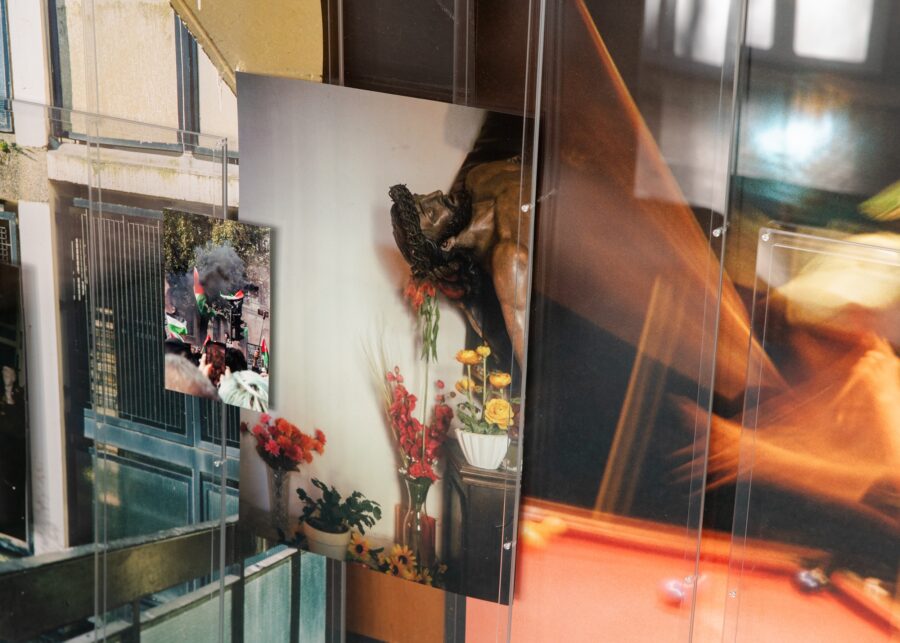

Set up in 1984, the Turner Prize has been awarded to a photographer only once – but Rene Matić has won a nomination aged just 27, for a solo show featuring stacked images, installations, and sound art
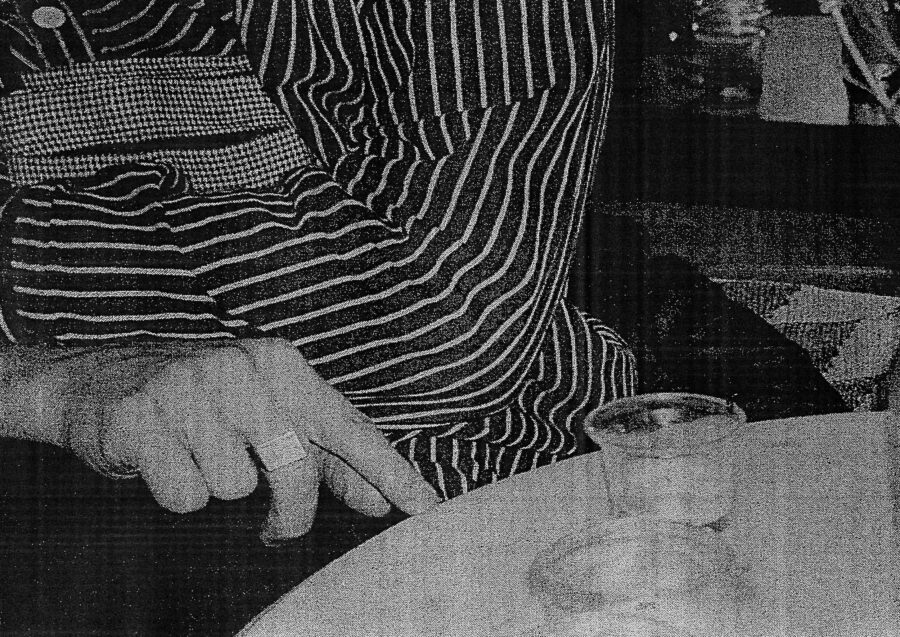
BJP reveals the four artists selected to show their work at the Grand Palais in the 2024 Paris Photo Carte Blanche Student competition. Plus the other 16 shortlisted series
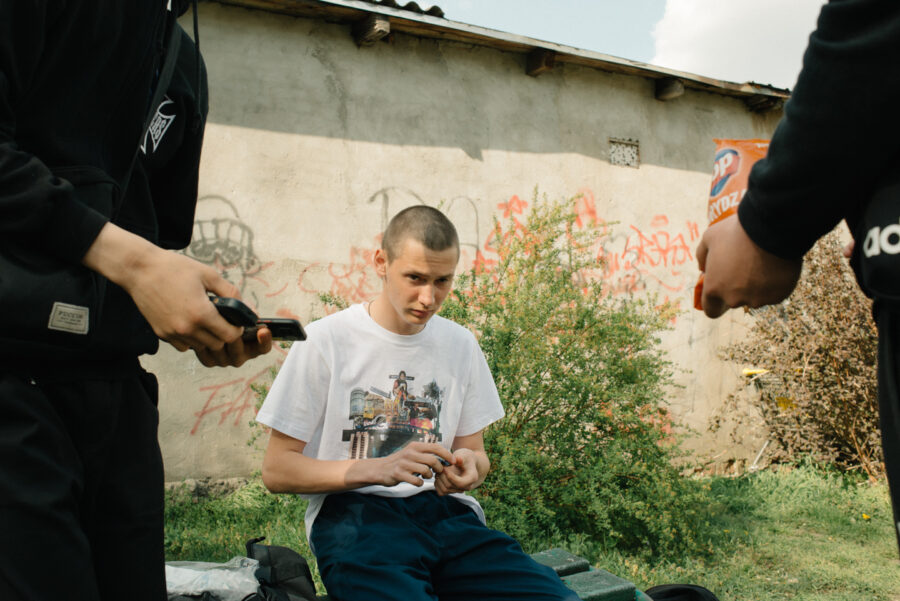
BJP reveals this year’s Carte Blanche shortlist, alongside the four winning photographers who will present their work to the public at the Grand Palais Ephémère during Paris Photo
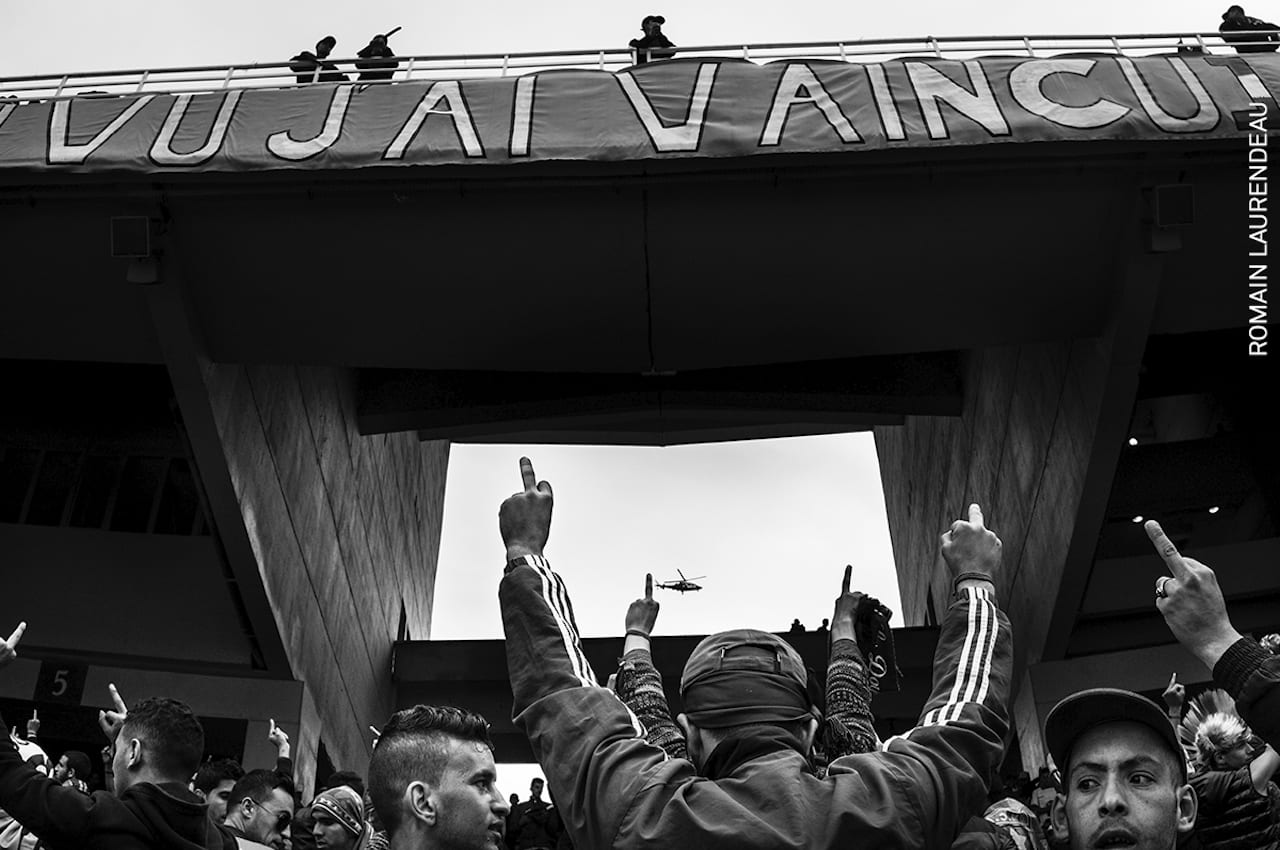
Youth uprisings, arctic exploration, and a record-breaking NBA buzzer-beater are among the subjects of this year’s winning photographs and stories
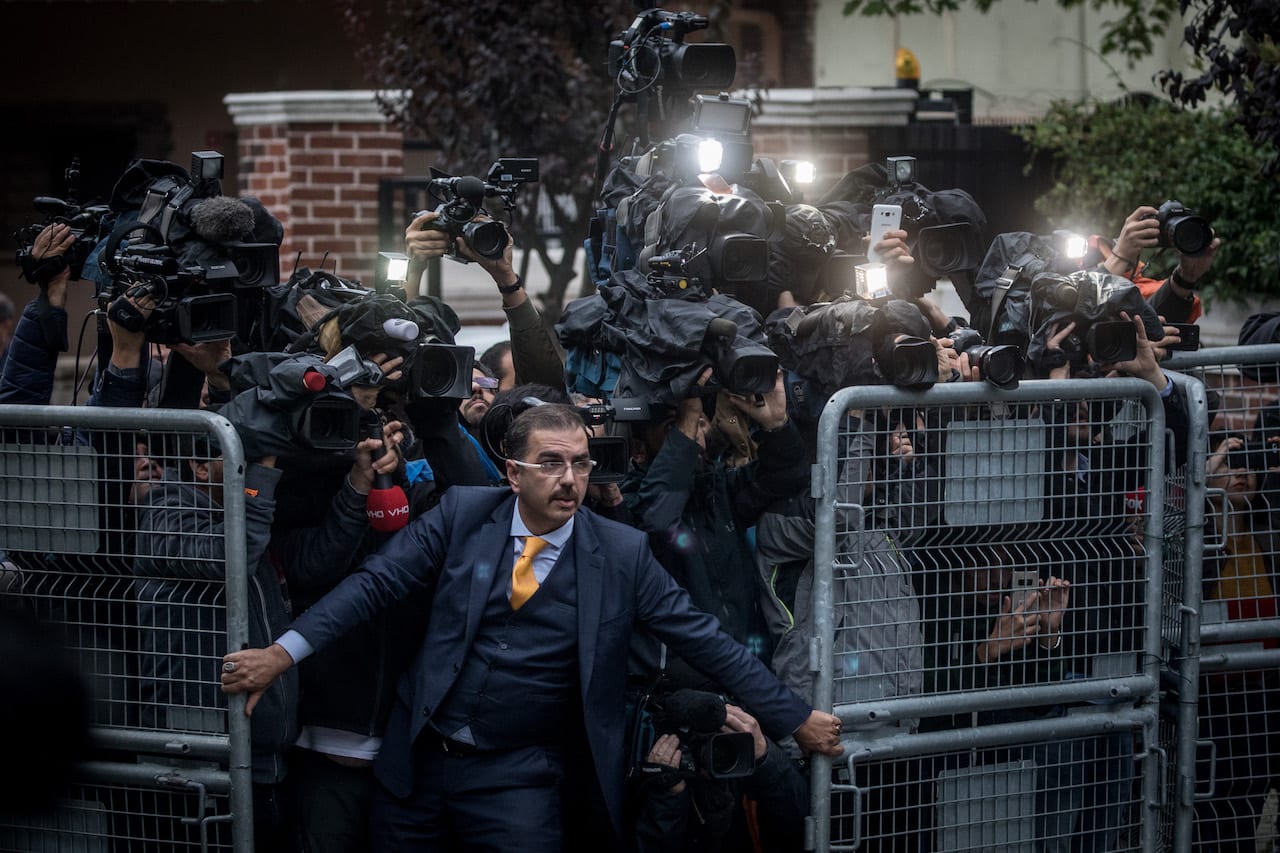
“It was a really tough story to cover, because the subject wasn’t there,” says Chris McGrath. “There was so much press there, and everyone was having the same problem – I was talking with other photographers and the Getty Images office about how to tell the story. It became every day going to the same place, standing, trying to get a picture that said something.”
The story was the disappearance of the disappearance of Jamal Khashoggi and the problem was exactly that – a Saudi Arabian journalist, author, and editor, who wrote for The Washington Post, Khashoggi had gone to the Saudi Arabian consulate in Istanbul on 02 October 2018 and vanished. Lurid reports that he’d been killed and dismembered soon circulated, but his body has still not been found and initially, the Saudi Arabian government denied his death. There was, as McGrath says, very little to photograph.
Then on 15 October, Saudi and Turkish officials were allowed in to inspect the building, and McGrath, along with many other journalists and photographers, went along to photograph the development. “We didn’t know when the inspectors would arrive, but everyone was there,” says McGrath. “All the press was trying to get something, and this guy was holding us back.”
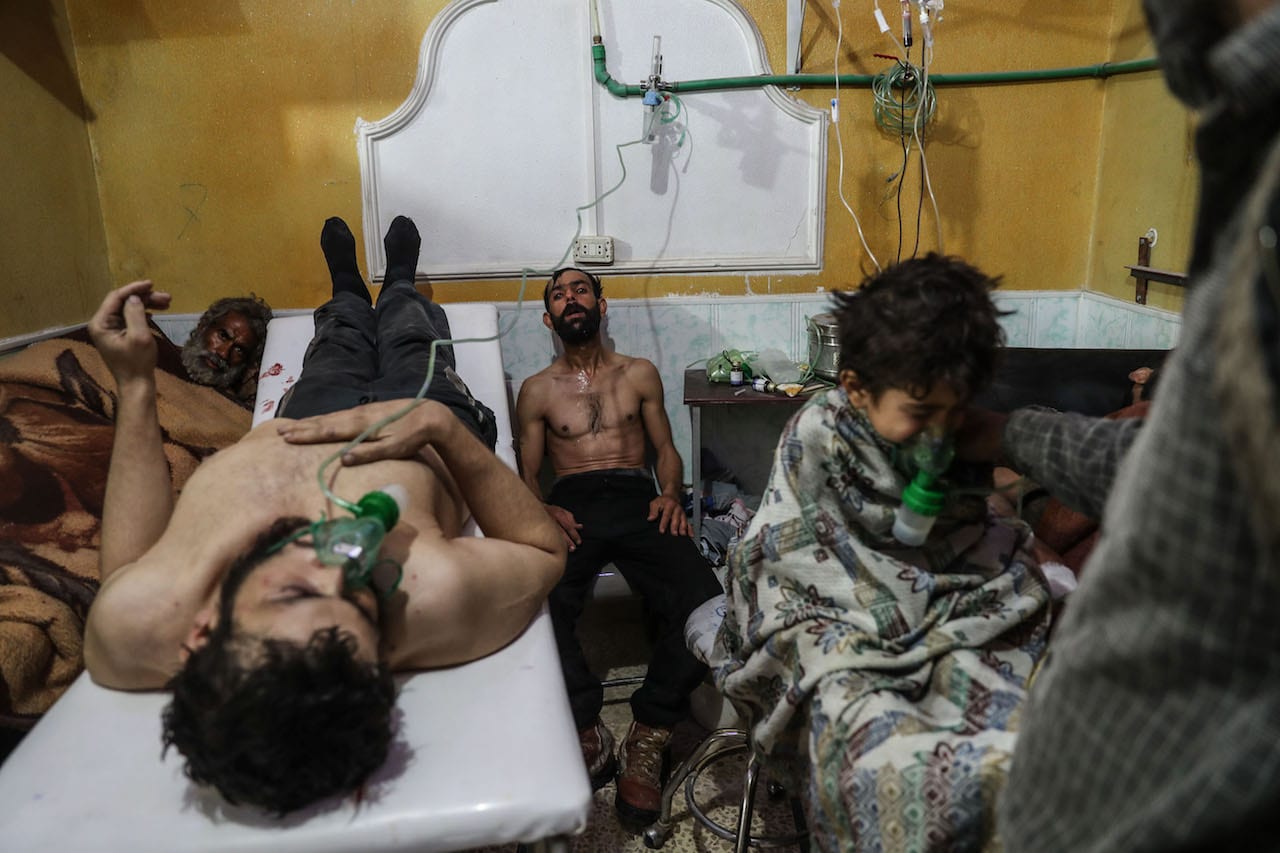
Back in 2011, Mohammed Badra was studying architecture at Damascus University, a 20-minute drive from his native Douma. Then war broke out in Syria and he was forced to abandon his studies, initially becoming a first-responder for the Syrian Red Crescent, and then starting to take photographs of the conflict. “Taking a picture is documenting history,” he says simply. “I am an architecture student, I was pushed into photography.”
In 2015 Badra joined EPA [European Pressphoto Agency], working under Oliver Weiken and starting to focus in on images of children. Children are “the biggest losers in this war” he says, and there are many caught up in the crossfire, with the UN estimating that some 500,000 are currently living in 16 besieged areas in Syria.
And it’s the child that’s the really shocking factor in Badra’s photograph from Eastern Ghouta, which has been nominated for the World Press Photo of the Year. Showing victims of a suspected gas attack in hospital on 25 February 2018, the image includes a small boy hooked up to breathing apparatus.
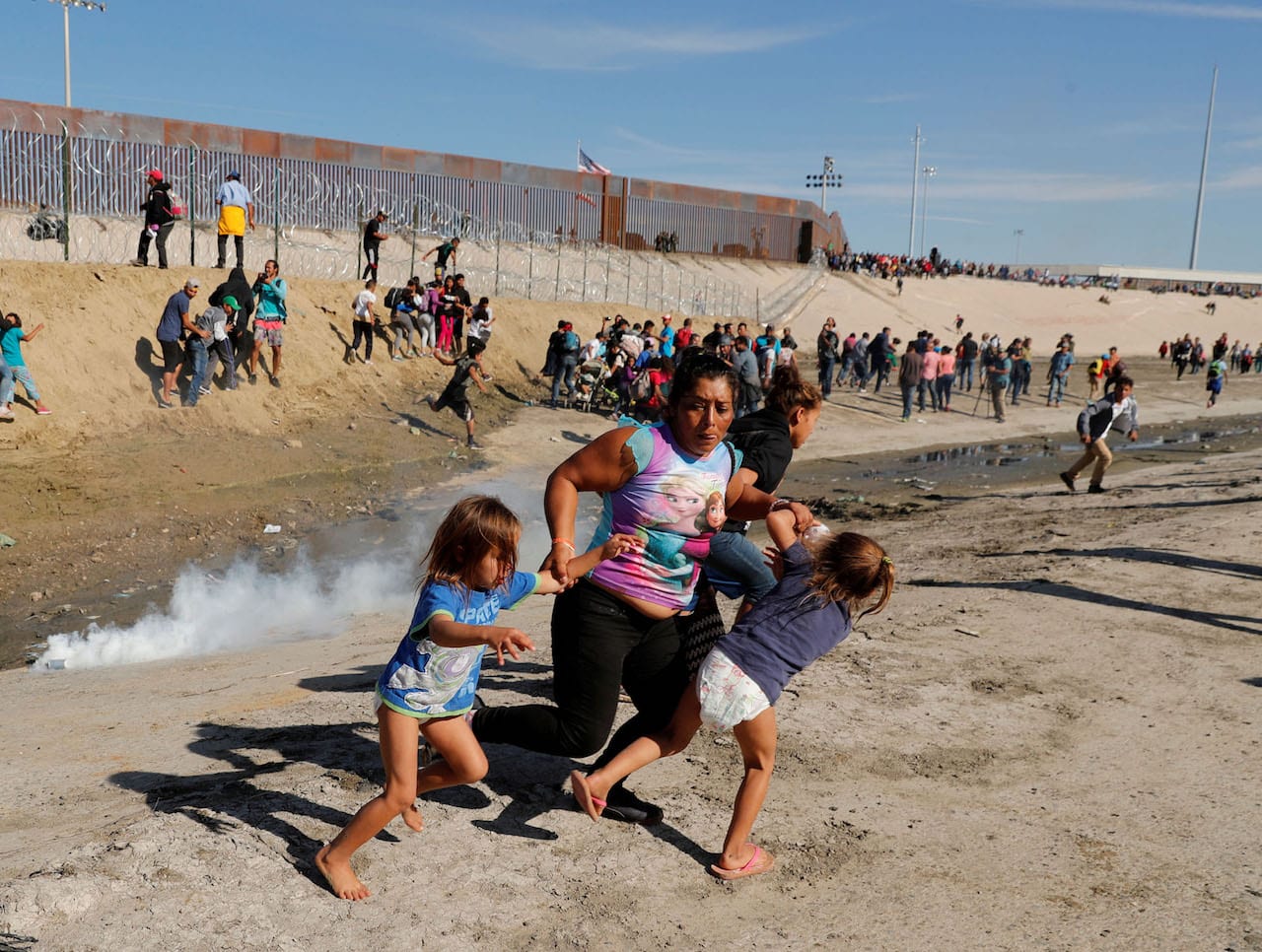
“The photographers we have selected who are part of the exhibition are the vanguard – they are the next generation,” says Brendan Embser, managing editor of Aperture. He’s talking about the professional finalists in this year’s Sony World Photography Awards, which he helped judge alongside three other photography experts: Emma Lewis, assistant curator, Tate; Liu Heung Shing, founder of the Shanghai Center of Photography; and Isabella van Marle, head of artist & gallery relations at Unseen Amsterdam.
The Sony World Photography Awards are divided into four categories – professional, student, youth, and open – which this year received over 326,000 submissions from 195 countries and territories. The shortlisted work will go on show at the 2019 Sony World Photography Awards Exhibition at Somerset House, London, before going on tour around the world; this exhibition will also include a section dedicated to work by Nadav Kander, who has been awarded a prize for his Outstanding Contribution to Photography.
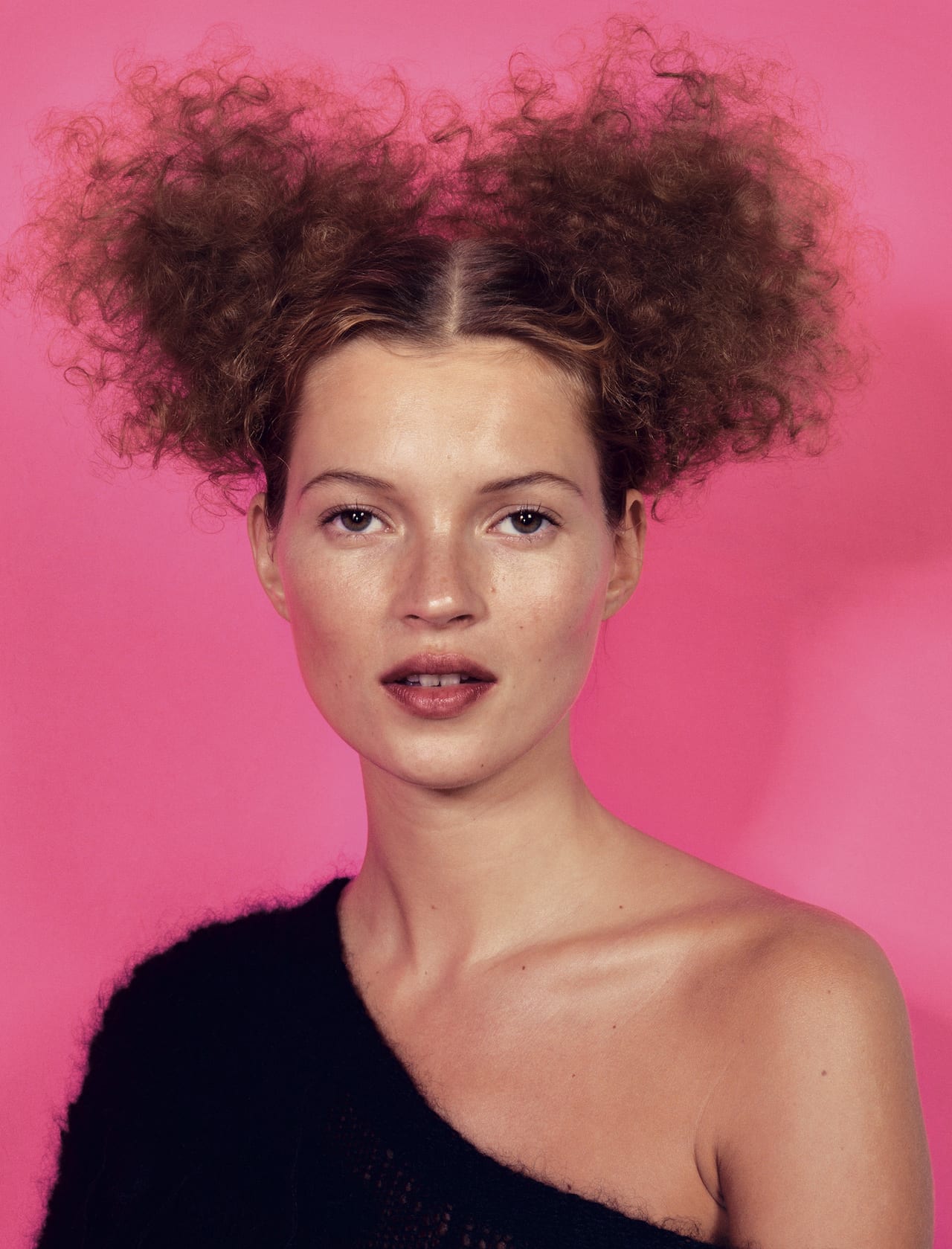
Established in 1986 as a festival for young fashion designers, and adding a prize for emerging photographers in 1997, the International Festival of Fashion, Photography and Fashion accessories, Hyères has established itself as a small but beautiful festival with a cutting-edge handle on photography in fashion and beyond.
The artistic director for photography is Raphaëlle Stopin, and this year she’s presenting exhibitions such as a solo show by Craig McDean plus a 25-year retrospective of Self-Service magazine. As usual, the festival also features work by 10 up-and-coming photographers, plus exhibitions by the two prize winners from 2018 – Eva O’Leary (who won the Grand Prix for photography last year) and Sarah Mei Herman (who won the American Vintage-sponsored prize).
The finalists for the 2019 competition are: Federico Berardi (Switzerland – Italy); Hubert Crabieres (France); Kerry J Dean (United Kingdom); Tommy Kha (China – USA); Hilla Kurki (Finland); Vincent Levrat (Switzerland); Alice Mann (South Africa); Andrew Nuding (Ireland); Jean-Vincent Simonet (France); and Elsa & Johanna (France). Their work will be on show until 28 May, and as well as competing for main prize, they will be commissioned to shoot new images for a Still Life Prize, and for the American Vintage Photography Prize.
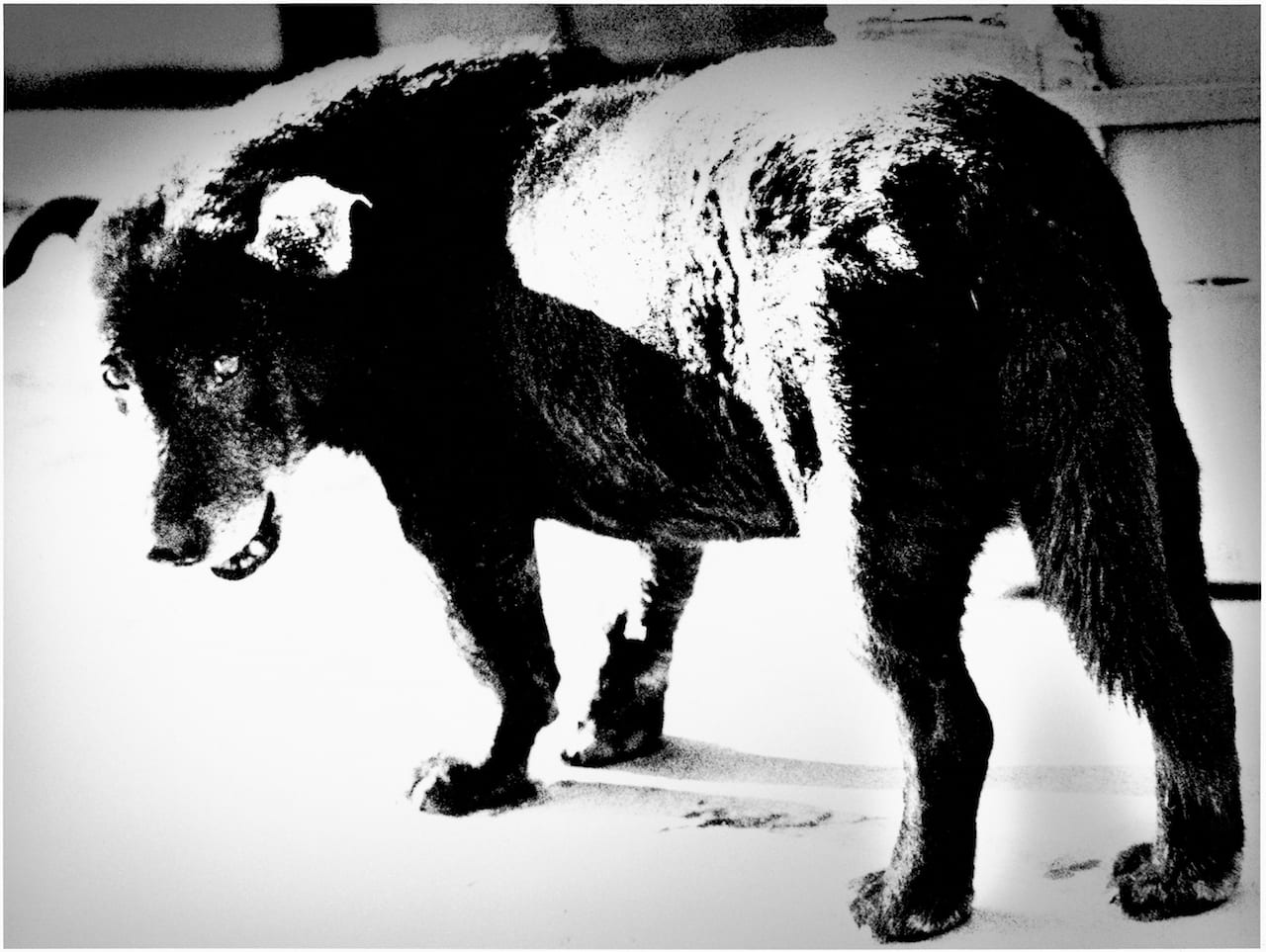
Japanese photographer Daido Moriyama has won the 2019 Hasselblad Foundation International Award in Photography, which…
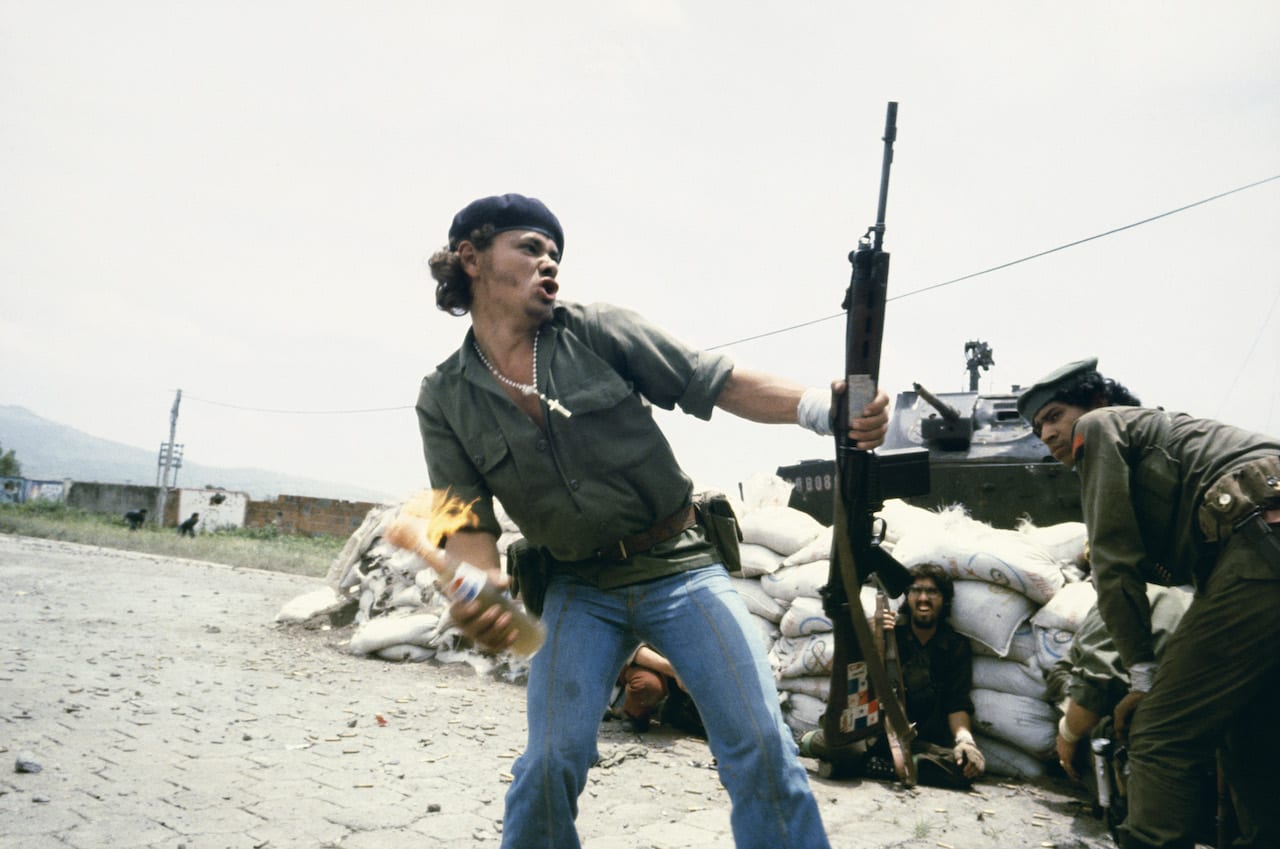
Now in its 22nd year, the Deutsche Börse Photography Foundation Prize is awarded each year to image-makers who’ve made the biggest contribution to the medium in the previous 12 months in Europe. This year the shortlisted artists are: Laia Abril, for her publication On Abortion; Susan Meiselas, for the retrospective exhibition Mediations; Arwed Messmer, for his exhibition RAF – No Evidence / Kein Beweis; and Mark Ruwedel, for the exhibition Artist and Society: Mark Ruwedel. The winner of the £30,000 prize will be announced at The Photographers’ Gallery on 16 May 2019.